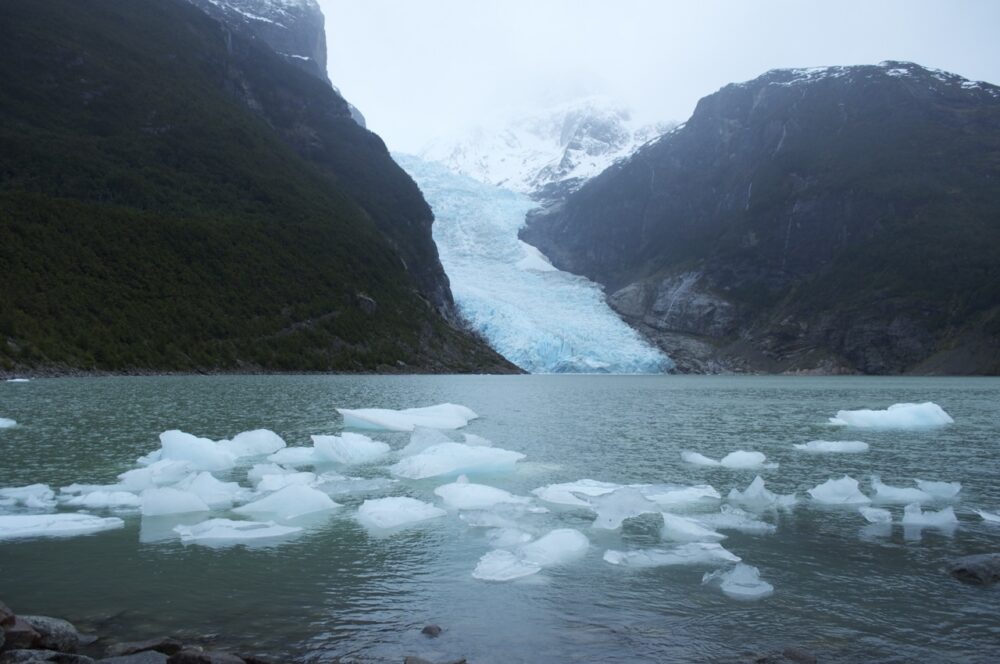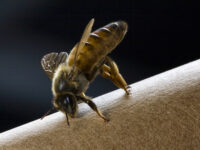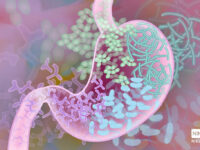No stranger to a National Geographic photo shoot or a desktop image, landscapes of the southernmost region of South America have an undeniable beauty. But beneath the surface, a complicated ecosystem is at work.
North Patagonian Fjords hold substantial populations of cold-water coral (CWC). The scleractinian, or stony, corals predominantly exist in deep ocean regions where environmental conditions include low temperatures and low levels of aragonite saturation — a measure of ocean acidification. As the pH drops, signifying acidification, the inhabiting organisms become distressed, and at extremely acidic conditions, the skeletons of the coral can dissolve.
In the Comau Fjord of the North Patagonian region, the coral Desmophyllum dianthus readily thrives despite low pH levels and low aragonite saturation. Thus, researchers chose this cold-water coral species to determine if — or how — environmental conditions affect the energy demand of a species.
During the experiment conducted by Dr. Sandra R. Maier at the Alfred Wegener Institute for Polar and Marine Research, three different dietary regimes were fed to D. dianthus to monitor the energy demand of the species by considering the loss and uptake of carbon and nitrogen. Typical levels of carbon and nitrogen loss were determined through monitoring natural processes of respiration, ammonia excretion, and the release of particulate organic carbon. Experimental levels were then determined and compared to observe changes in energy demand.
As one might expect, the complete deprivation of food caused a significant decrease in respiration, excretion, and release of carbon and nitrogen.
These levels were observed under the following dietary conditions: live fjord zooplankton only, live fjord zooplankton and krill, and four-day food deprivation. The solely zooplankton diet served as a method to attain baseline levels of output and natural processes. As one might expect, the complete deprivation of food caused a significant decrease in respiration, excretion, and release of carbon and nitrogen. These factors all saw over a 50 percent decrease compared to the baseline measurements. Stress in corals often causes bleaching, when corals dispel symbiotic cells called zooxanthellae. If this continues for too long, the coral will starve and die. However, levels of reuptake, or reclaiming the zooxanthellae, dramatically increased during this period. This increase in reuptake is significant for the species, highlighting its ability to adapt to food scarcity, like during winter conditions in the fjord.
On the other hand, feedings that included the krill increased each previously discussed process; most notably, there was a 131 percent increase in excretion. The importance of krill in the diet is not only exhibited by an increase in these processes, but also by the decline in its absence. The unfed corals lost, on average, two percent of their carbon and nitrogen tissues each day, due to normal metabolism and release of particulate matter. To recover from this, each coral would need to consume at least 700 zooplankton per day or just one single krill.
The coral have proven their ability to survive in the fjord’s unfavorable conditions, with the dietary advantages of krill and zooplankton.
The coral have proven their ability to survive in the fjord’s unfavorable conditions, with the dietary advantages of krill and zooplankton. However, acidification is constantly changing, and the organism’s potential response is uncertain. Global warming increases the overall levels of carbon dioxide in the atmosphere which decreases the overall pH of seawater. To resist seawater acidification, CWCs can actually modify their internal pH to maintain their skeletons but lose great amounts of energy in the process.
Coral ecosystems serve as hubs of marine life, containing networks of symbiosis, which will be exponentially disturbed by climate change and the acidification of seawater. This is where attempting to balance out the loss of energy from acidification through the different feeding regimens becomes relevant. Essentially, the extra energy expended to maintain pH depletes the energy stores of the organism, which is then replenished by consuming krill and zooplankton. Controlling feeding patterns of coral is clearly much easier in a lab, as opposed to the deep ocean, but at the very least, research like this highlights the implications of human actions, regardless of intention, such as those contributing to climate change.
PeerJ (2021). DOI: 10.7717/peerj.12609






